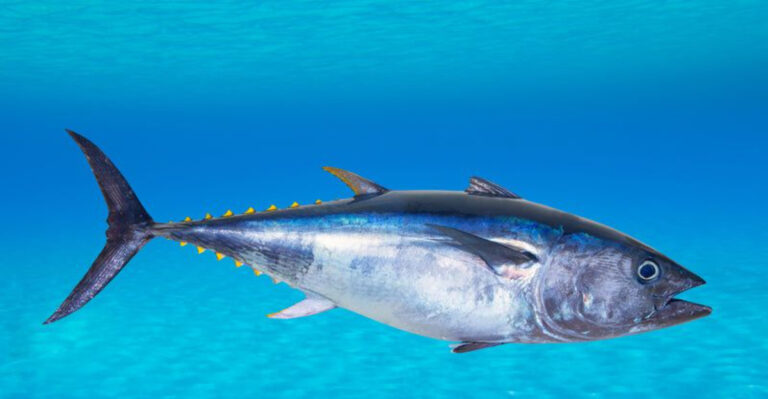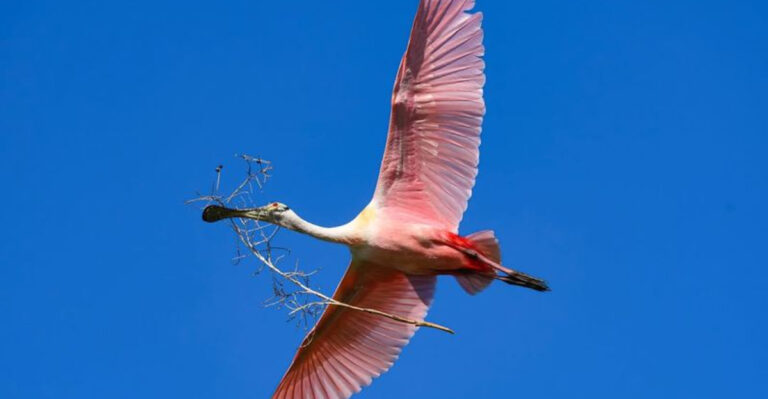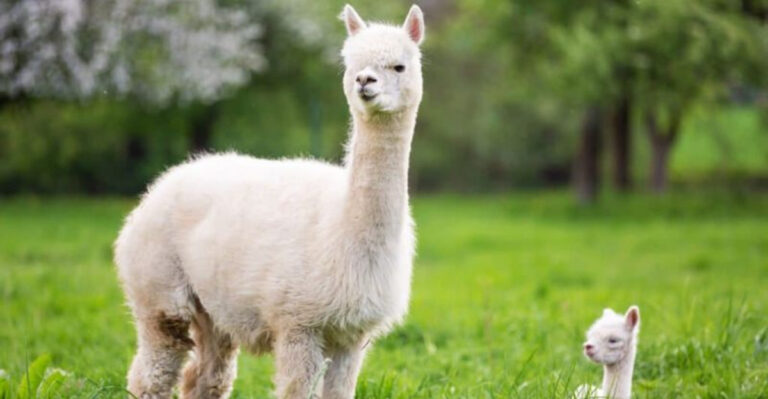Why You’ll Often Find Rattlesnakes Sunbathing (And What It Means)
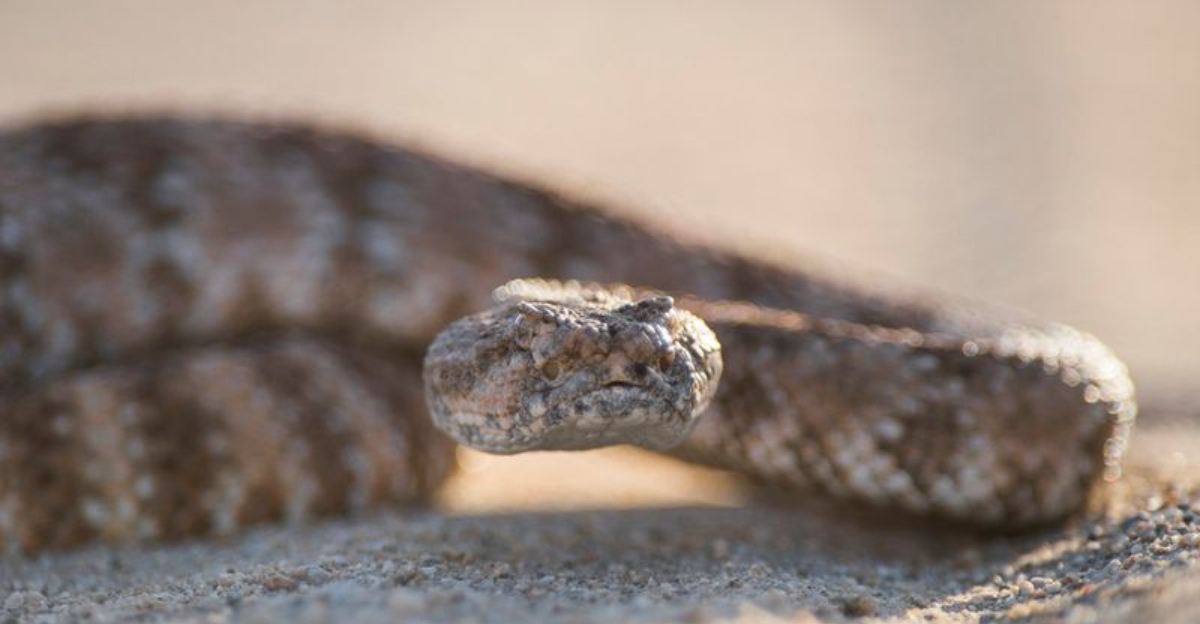
Ever noticed those scaly serpents stretched out in sunny spots? Rattlesnakes aren’t just lounging around for fun – their sunbathing habits actually keep them alive!
These cold-blooded creatures rely on external heat sources to regulate their body temperature, making those warm rocks and sunny patches essential to their survival.
1. Morning Warm-Up Routine
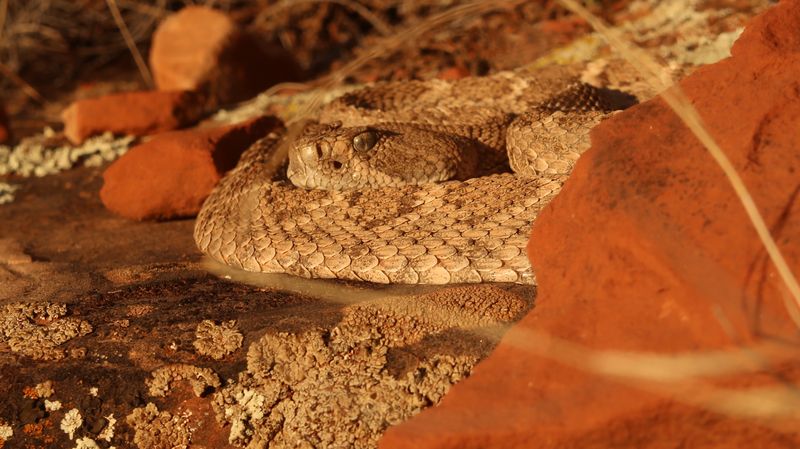
Cold nights leave rattlesnakes sluggish and vulnerable. Their muscles simply won’t work properly when chilled.
The morning sun provides essential heat that kickstarts their metabolism and digestive system. Without this warm-up, they couldn’t hunt, digest food, or escape predators efficiently.
2. Temperature-Dependent Creatures
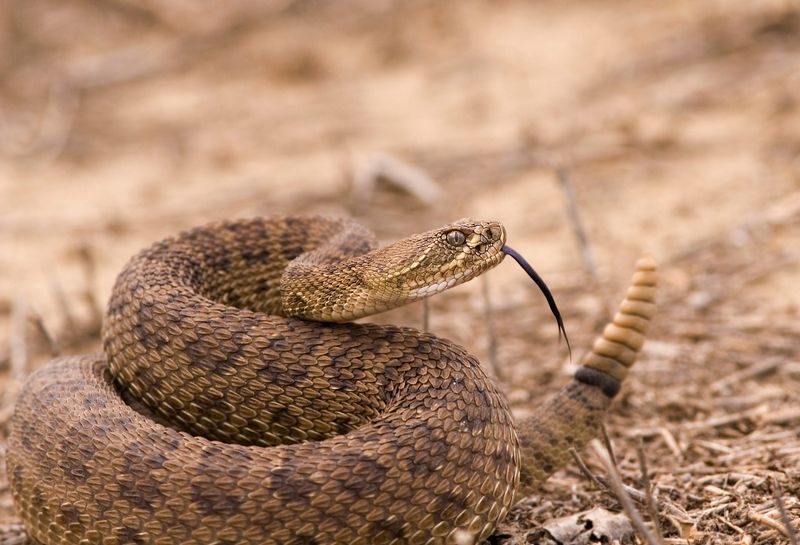
Unlike humans, rattlesnakes can’t generate their own body heat. They’re completely dependent on environmental temperatures.
This biological reality, called ectothermy, means their body temperature fluctuates with their surroundings. Sunbathing isn’t a luxury – it’s literally how they power up for the day!
3. Strategic Sunning Positions
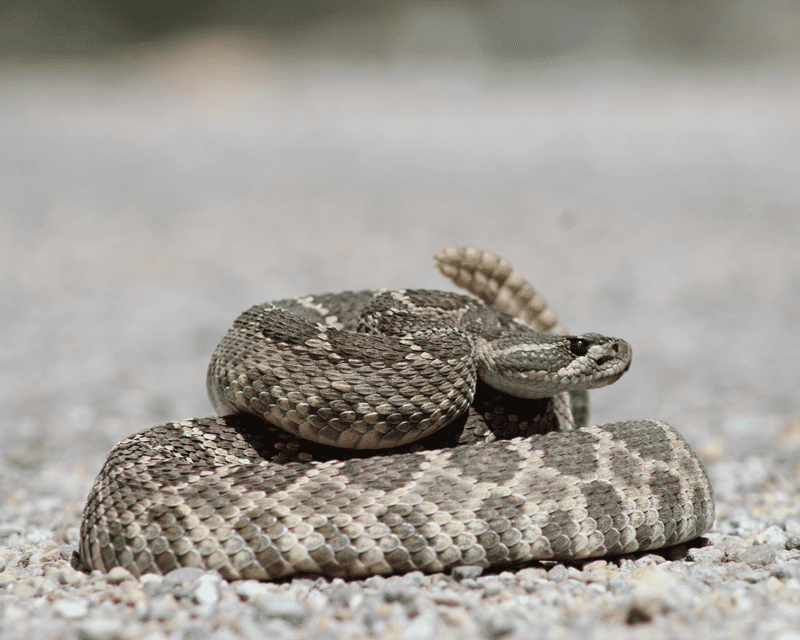
Smart sunbathers, rattlesnakes adjust their body position throughout the day. They’ll flatten themselves to maximize sun exposure when cool.
When overheating becomes a risk, they’ll coil up to reduce surface area or seek shade. This precision thermoregulation helps them maintain optimal body temperature despite changing conditions.
4. Digestion Depends On Heat
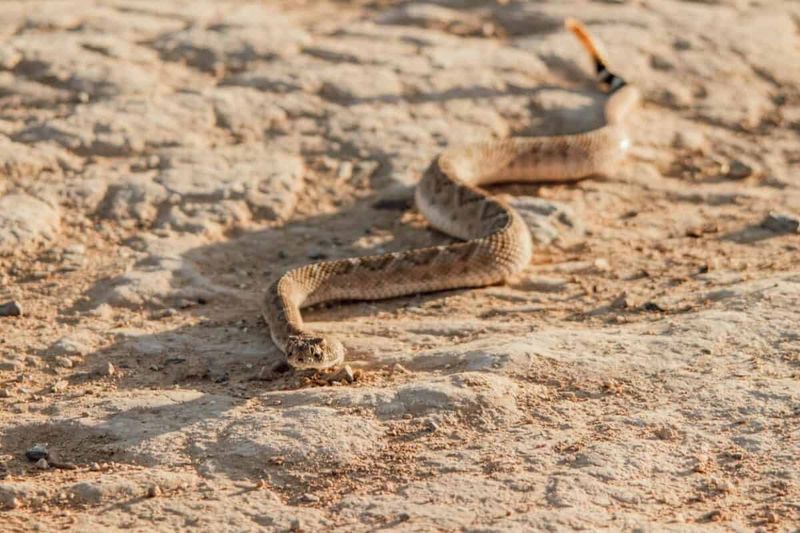
Got a belly full of mouse? Better find some sunshine! Rattlesnakes need external heat to properly digest their meals.
After a successful hunt, these reptiles seek warm spots to speed up digestive enzymes. Without sufficient warmth, food can rot in their stomachs, potentially causing fatal infections.
5. Seasonal Sunbathing Patterns
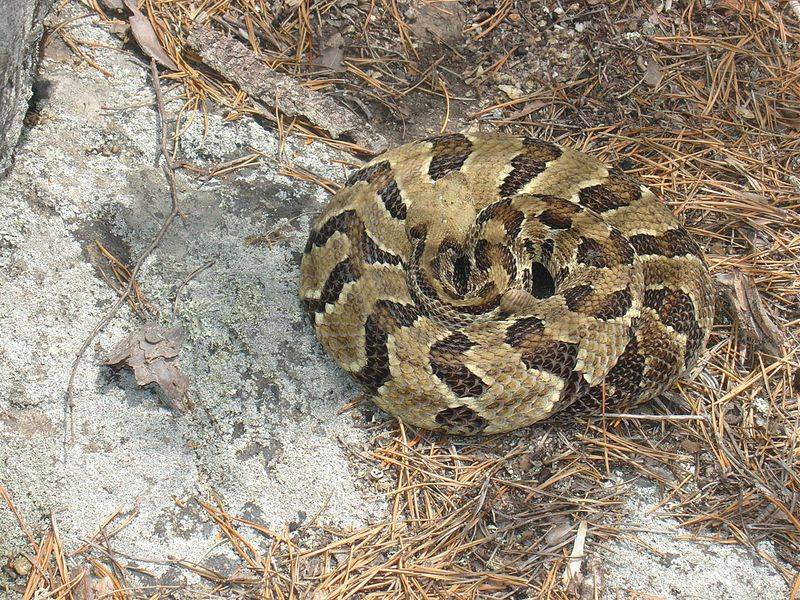
Rattlesnake sunbathing habits change dramatically with the seasons. Spring and fall bring moderate temperatures, allowing mid-day basking.
Summer heat forces them to become more crepuscular, sunning only during cooler morning and evening hours. Winter in colder regions sends them into brumation, a reptilian hibernation-like state.
6. Warning Sign For Hikers
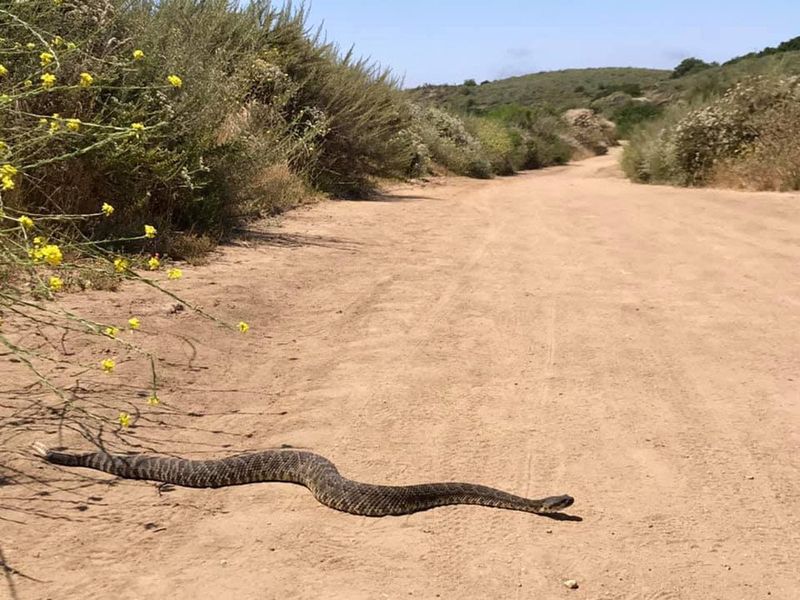
That snake soaking up rays on the trail isn’t just a photo opportunity – it’s a safety concern! Sunbathing rattlers often pick open, visible locations.
Trails, rocks, and clearings make perfect basking spots but also create potential human encounters. Always scan ahead when hiking in rattlesnake country, especially during morning hours.
7. Heat-Seeking Behavior
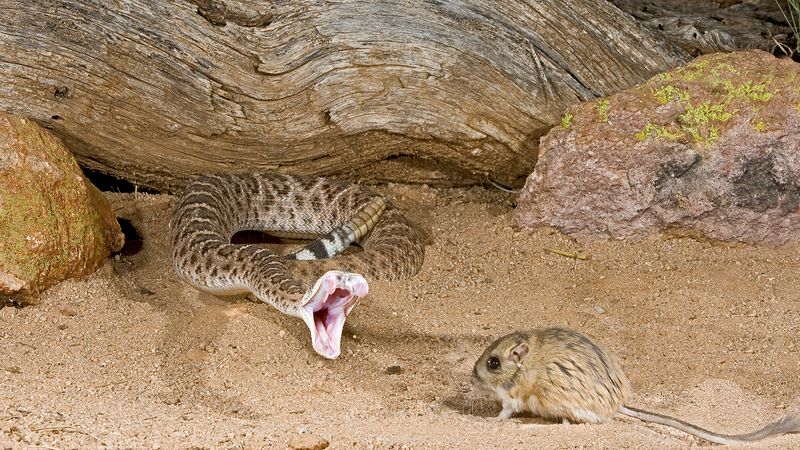
Rattlesnakes possess remarkable heat-sensing abilities through specialized facial pits. These organs detect infrared radiation from warm objects, helping them find perfect basking spots.
The same heat-sensing superpower helps them locate warm-blooded prey, even in complete darkness. Talk about a biological advantage!
8. Energy Conservation Strategy
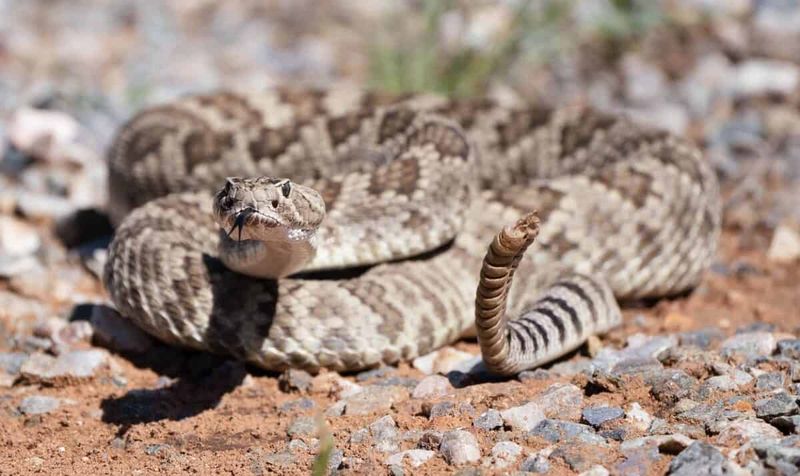
Sunbathing actually saves rattlesnakes precious energy. By using the sun’s free heat, they don’t waste calories generating their own warmth.
This efficient energy strategy helps explain why snakes can survive on surprisingly few meals. Some adult rattlesnakes can thrive on just 5-6 substantial meals per year!
9. Pregnant Females Need Extra Sun
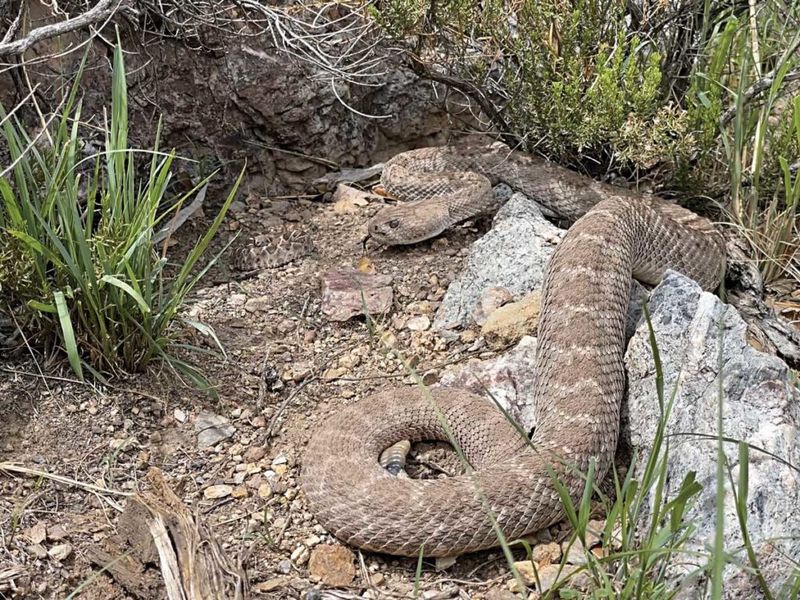
Expecting mother rattlesnakes are champion sunbathers! Pregnant females seek more sunshine than their non-pregnant counterparts.
Higher body temperatures help their developing embryos grow properly and more quickly. Some gravid (pregnant) females will maintain nearly constant sun exposure, moving only when necessary for safety.
10. Sunbathing Reveals Health Status
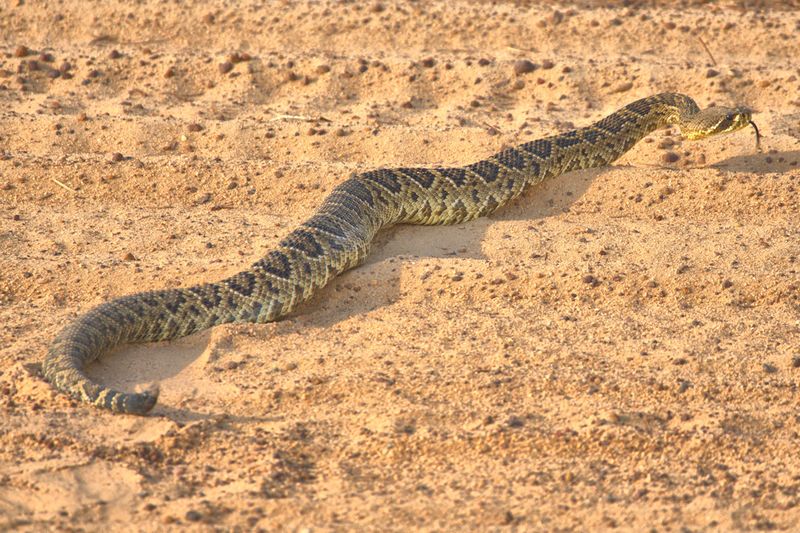
Unusual sunning behavior can indicate snake health problems. Healthy rattlesnakes follow predictable patterns, moving between sun and shade as needed.
A snake that remains in direct sun during extreme heat or stays in the open during vulnerable times may be sick or injured. Wildlife experts use basking behavior as one indicator of population health.
11. Basking Spots Are Carefully Chosen
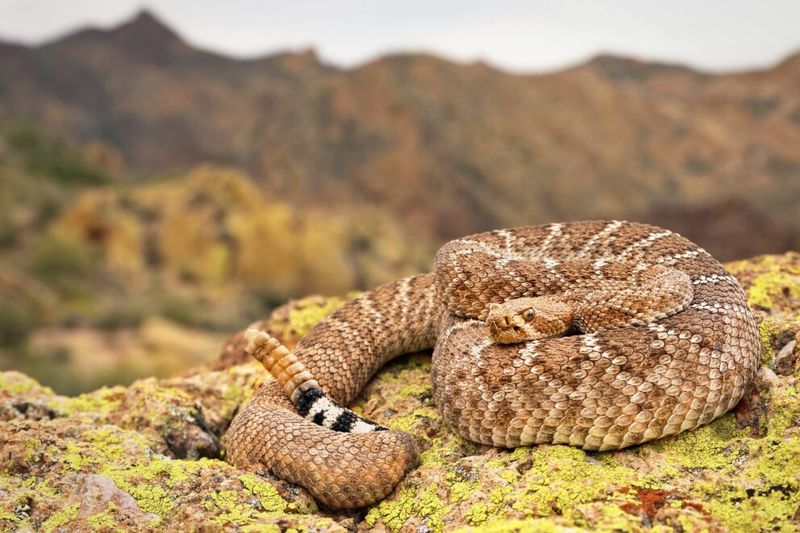
Rattlesnakes don’t just settle in any sunny place – they’re selective. Flat rocks, south-facing slopes, and open clearings are preferred for steady warmth.
These areas also provide quick escape routes to nearby shade or cover if danger appears. Choosing the right spot is a balance between absorbing heat and staying safe from predators.
12. Juveniles Sun Differently Than Adults
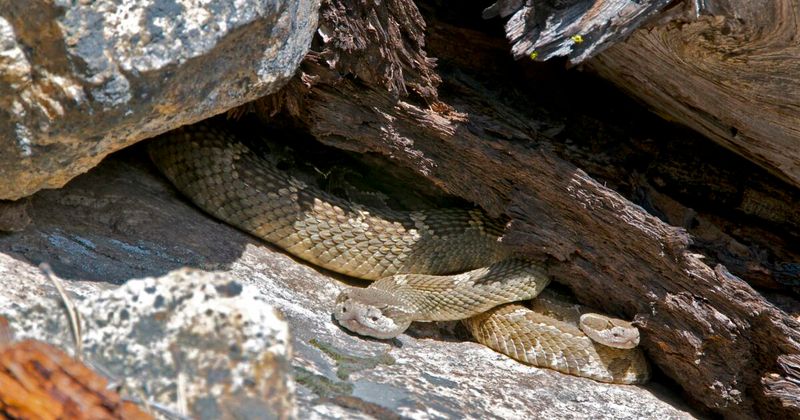
Young rattlesnakes often use smaller, more concealed basking spots. Lacking the size and experience of adults, they’re more vulnerable to predators.
Hidden sunny patches offer warmth without drawing too much attention. This cautious strategy helps them survive while still getting the heat they need.
13. Night Chilling Makes Sunlight Essential
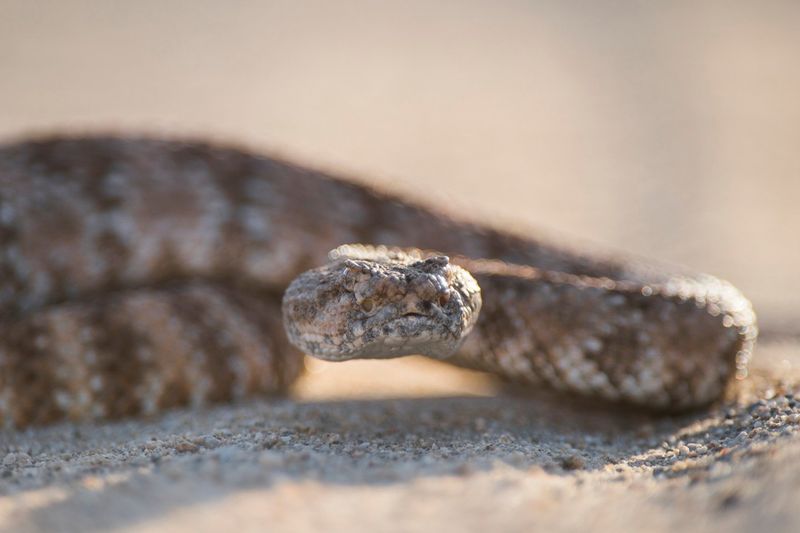
Overnight temperatures can drop quickly in desert and high-altitude regions. By sunrise, rattlesnakes may be cold-stunned, unable to move effectively.
A good morning bask helps restore function to muscles and nerves. Without that warmth, even a simple escape from danger becomes impossible.
14. Climate Change Could Shift Sunbathing Habits
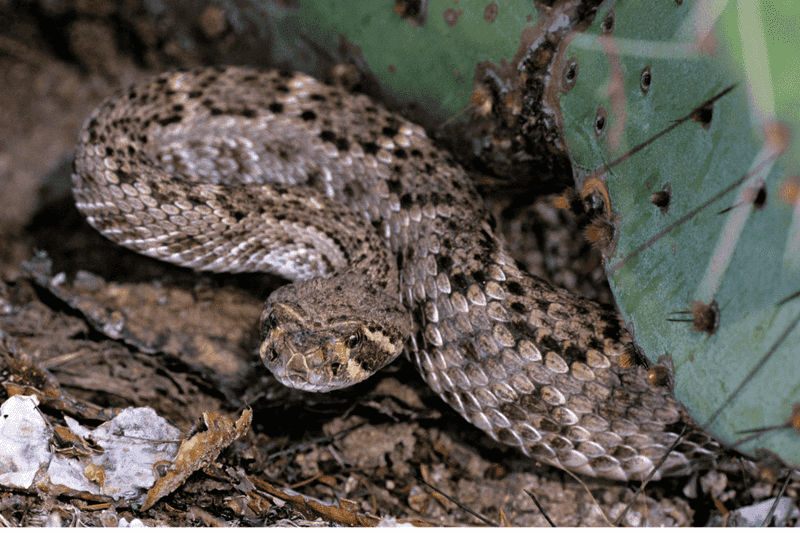
Warming temperatures and longer hot seasons may alter rattlesnake behavior. Snakes might reduce daytime basking and become more active at dawn and dusk.
Increased heat also affects prey availability, changing hunting and digestion cycles. Tracking these changes helps scientists monitor how species adapt to a shifting climate.



